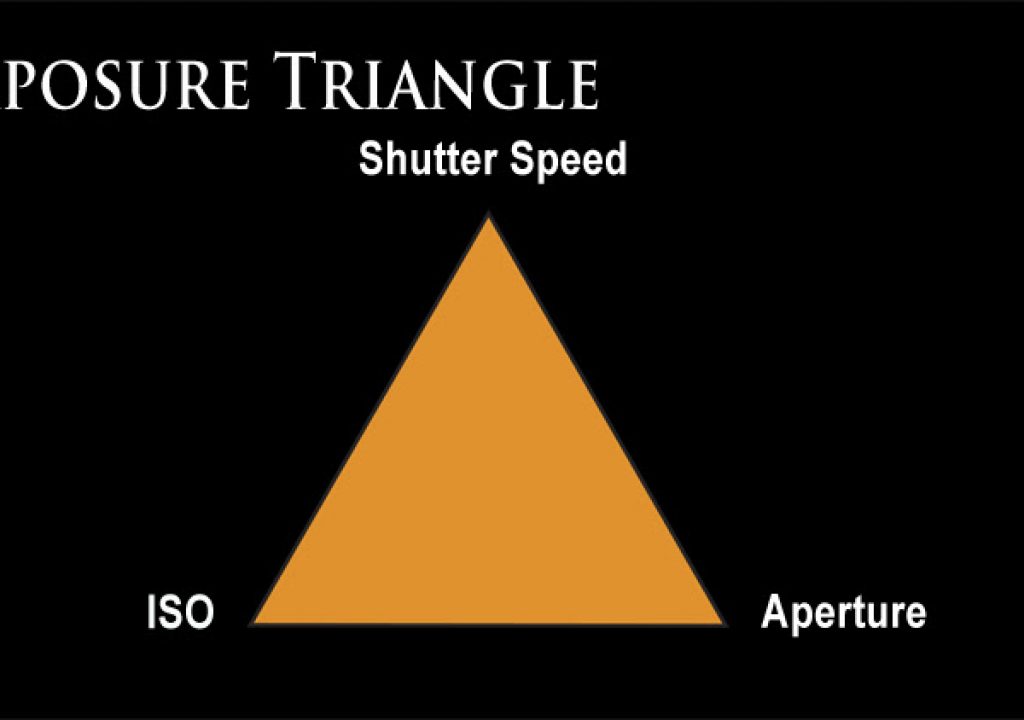From Jay P Morgan,
Today on The Slanted Lens we will show you how to balance practical lights in a room with strobes. This principle can be a bit tricky to understand and apply but it is an important part of the photographic process. If you shoot with strobes you will need to balance them with a secondary source on a regular basis. Whether it's the lamps in a room or the setting sun, the principle is the same. Using the exposure triangle we will show in this lesson how to balance two different light sources, strobes and light bulbs. As I said this could be strobes and the setting sun or strobes and tungsten lights. The principle is the same. The strobes are the main light source and the constant light becomes the secondary source. An average photo can look so much better if you give a proper exposure to the lights in a room, creating a scene with a warm and inviting look. Let's see how to accomplish this.
#1 Let's look at the exposure triangle to see how we balance these two different light sources. Our exposure triangle has three parts: ISO, shutter and aperture. The ISO controls the scene overall. As we raise it up or down we will get more or less exposure. It effects both the light bulbs in the shot and the strobes equally. This leaves us with two areas of the exposure triangle, shutter speed and aperture. The shutter speed effects the light bulbs or tungsten lights and the aperture controls the strobes.
#2 In a dark room where there is very little ambient light the shutter speed does not affect the strobes. It can be long or short and it has no effect on the strobes. The flash duration of the strobes is too fast to be affected by the shutter. The only exception to this rule is shutter speeds faster than 1/80 of a second are going to start to clip the flash duration of the strobes and darken the image. Most of the time we are lengthening the shutter speed to get an exposure for the light bulbs so this is not a problem.
#3 So if the strobes are not affected by the shutter then they are controlled by the aperture. If I turn my strobes on and get a reading of f8, then I set the camera's aperture to f8. The light bulbs in the shot are too dark and need to be brighter. I next lengthen the shutter speed until I get a correct exposure on the practical lights or light bulbs in the scene.
#4 Let's take a look at an example. My strobe exposure is f14. The aperture is at 1/50 of a second. A person's face has the correct exposure but the lightbulbs are a little dark. I want to make them brighter and not affect his face. I will lengthen the exposure to see what it does to the light bulbs.
#5 Here we are at 1/25th of a second. It's twice as much time and the light bulbs are brighter.
#6 Lets go to1/13th of a second. The light bulbs are getting brighter but his face is not effected. Using a high aperture makes it so we need a long exposure.
#7 Here is 1/6th as our shutter speed. The bulbs are blown out.
#8 I am going to go to 125th of a second. That looks the best to me, but it's a matter of personal choice. Let's move on to a shot we did combining light bulbs and strobes.
#9 To create a background for our photograph and to illustrate this point we hung 30 old fashioned light bulbs from cords. I wanted all of the elements to create a black and white image (black cords with white lights and black hair with white dress). The dress had black accents.
The model was standing in the middle of the lights so the shorter I made my shutter the less exposure I got on her face. I used a Tamron 70-200mm lens. My focal length was about 120mm. I started with f6.3 because I wanted a shallower depth of field so the lightbulbs would go out of focus in the background. I started making exposures at 1/4th of a second and shortening them until I got the best exposure. Here is my image at 1/50th of a second. The exposure is almost too long. I am starting to see light on her face. I don’t want to see much exposure on her face from the light bulbs.
#10 I added the background strobes and dialed them down until they looked good at my exposure.
#11 I then added an OctoDome with a grid coming from underneath. I wanted this light to look like the glow of the light bulbs on her face.
#12 I then added a rim light on her hair as the last light. This light is a 40 degree grid in a 7 inch reflector.
#13 I then added a blue gel to the background light. I pushed in a reflector to add some fill and shot some more.
#14 It's not a hard concept to grasp but a hard principle to apply. This principle is the same for sunsets, outside lights at night, lamps and any secondary light source. Aperture controls the strobe and the shutter controls the secondary constant light source. Keep those cameras rollin' and keep on clickin'.

